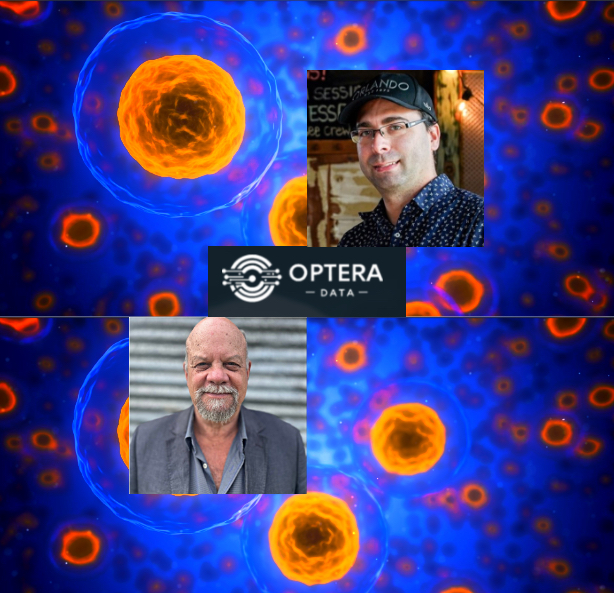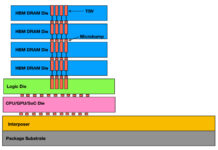University of South Australia researcher Dr Nicolas Riesen is working on research that opens the door to potential archival storage that he believes could be ten times cheaper than currently available optical storage by 2030.

The technology depends upon selectively altering the fluorescence in wavebands at recording areas on an optical medium such that the presence or absence of a lower level of fluorescence in a band can be used to encode data. The number of lower-level wavebands present, also known as spectral holes, could be used in multi-bit storage, similar to multi-level cell NAND. The depth of a lower level could also encode information.
The way this work is by having a recording area filled with nanoparticles such as 4H- and 6H-SiC (4 and 6-layer hexagonal Silicon Carbide crystals) doped with vanadium such that the vanadium ion’s energy levels affect the crystal’s fluorescence (light emission) when hit by a laser beam. Vanadium ions can have V4+ and V5+ oxidation states with either four or five electrons lost, and these states affect the particle’s emission capability.
The recording area’s various nanoparticles are set to emit a group of light emission frequencies when excited by a laser beam. These can be viewed as a set of overlapping waves in a spectrum, which collectively have a flat top, (a) in the diagram below.

The ability of particular nanoparticle variants to emit light at their particular frequency can be altered by hitting them with an appropriately tuned laser with a high enough energy level. That means that, when the recording area’s emission frequencies are read and collated, there can be spectral holes where the frequency strength (emission brightness) is less than it would otherwise be, (b) in the diagram above.

Entrepreneur Geoff Macleod-Smith has set up Optera Data to try to commercialize this technology. We can envisage a recording medium, such as a disk being shuttled to and from drives that read and write data. Writing could require multiple spectral frequencies to be set. The reading would require multiple fluorescence frequencies to be read and collated to detect the holes and thereby the bit value or values.
The technology is discussed in an AS Photonics journal paper, “Data Storage in a Nanocrystalline Mixture Using Room Temperature Frequency-Selective and Multilevel Spectral Hole-Burning” by Nicolas Riesen, Kate Badek, and Hans Riesen, published in 2021. The two Riesens have patented the invention.
Optera Data claims its technology, when developed, will achieve:
- 1TB per $1 total cost of ownership
- 100x efficiency of incumbent HDD storage
- WORM immutability & offline storage security
- Manufacture-ready & backwards compatible
Tom Coughlin is an advisor to the company and has written a white paper available on its website. He suggests that the TB discs are feasible with particulate media, adding: “A thin film single layer write-once, archival disc with high volume manufacturing costs of $1/10TB ($0.10/TB) is possible before the end of the decade.”
He concludes: “Optera Data’s projection of storage costs of less than $0.10/TB or better by the end of this decade are at least 10X lower than competing optical storage projections from Folio Photonics and Cerabyte and 25X lower than projections for tape storage.
“This cost advantage, combined with archival storage advantages such as lower energy consumption in a robotic library, media longevity and the use of conventional optical disc substrates (and thus easier integration into existing drives and library systems), makes the Optera Data optical storage technology an attractive option for archive storage.”
That option has to be perceived as one capable of generating substantial revenues for it to be used to help Optera Data raise development cash.








